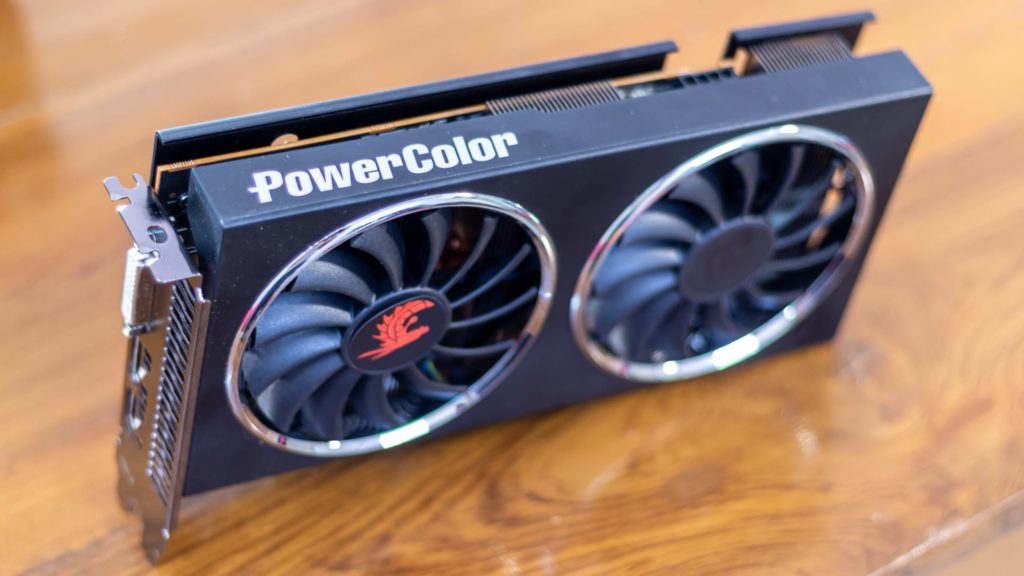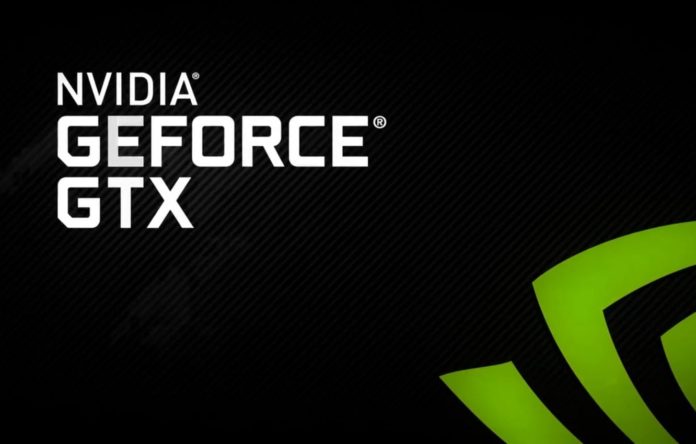After the reveal of raytracing in Turing, NVIDIA followed it up with the lower-end GTX 16-series of graphics cards. Well, a new report points to an updated version of the GTX 1650 cards coming soon.
Earlier this year NVIDIA released the Geforce GTX 1650, and later the GTX 1650 Super which generally were meant to replace the GTX 1050 Ti. Later on, these were updated with GDDR6 memory, which improved the memory bandwidth significantly. Now, thanks to AIDA64 we now have proof that NVIDIA isn’t done yet, using a new TU106 GPU to power the new cards. Take a look below at the new cards and their specs:
| GPU Architecture | Turing (TU106) | Turing (TU116) | Turing (TU117) | Turing (TU117) |
| Shading Units | 896 | 896 | 896 | 896 |
| Texture Units | 56 | 56 | 56 | 56 |
| ROPs | 32 | 32 | 32 | 32 |
| Base Clock Rate | 1,410 MHz | 1,410 MHz | 1,410 MHz | 1,485 MHz |
| Boost Clock Rate | 1,590 MHz | 1,590 MHz | 1,590 MHz | 1,665 MHz |
| Memory Clock | 12 Gbps | 12 Gbps | 12 Gbps | 8 Gbps |
| Memory Capacity | 4GB GDDR6 | 4GB GDDR6 | 4GB GDDR6 | 4GB GDDR5 |
| Memory Bus | 128-bit | 128-bit | 128-bit | 128-bit |
| Memory Bandwidth | 192 GBps | 192 GBps | 192 GBps | 128 GBps |
| L2 Cache | 1MB | 1MB | 1MB | 1MB |
| TDP | 75W | 75W | 75W | 75W |
| Transistor Count | 10.8 billion | 6.6 billion | 4.7 billion | 4.7 billion |
| Die Size | 445 mm² | 284 mm² | 200 mm² | 200 mm² |
New GTX 1650 To Go Up Against RX 5500 XT?

While all PCMR enthusiasts are looking forward to the new Ampere and RDNA 2 cards, it’s important to note that they make up a fraction of the actual userbase. Most people will be looking forward to the lower end cards that fit within their budget. That’s something that both NVIDIA and AMD know about, hence the focus on the 16 and lower-end Radeon RX 5000 series cards.
We recently saw AMD release the RX 5500 XT, which was meant to directly tackle the 1650 Super. As you can see from our review, that card does fairly well against the 1650 Super. We ultimately decided against recommending that card, and its latest driver updates haven’t exactly changed our opinion. Clearly this is a segment that NVIDIA knows well, considering just how many cards they filled up that price range with last year.

One interesting thing to note here is that the new 1650 will be using the TU106 GPU, which previously powered the RTX 2060/2070 series. And we know that those cards came with proprietary RTX features like RT Cores and Tensor cores. It’s possible that this is how NVIDIA plans to introduce raytracing to lower end GPUs early, instead of waiting until after the launch of Ampere. I certainly think that would be nice, as it’s the lower end graphics cards which matter the most to the majority.
In any case, we’ll keep you updated on the arrival of the updated GTX 1650, as well as any other products that NVIDIA will be bringing this year.


